Digital tools are an increasingly popular approach to improving health worldwide – particularly among adolescents and young people, who are accessing the internet at earlier stages of life.
Youth-centred digital health interventions is a new framework developed by WHO, HRP, UNESCO, UNICEF and UNFPA. It provides guidance on effective planning, development and implementation of digital solutions with and for young people to address the many health challenges they may face as they grow into adulthood.
Meaningful youth engagement at every step
The 2019 WHO Guideline for recommendations on digital interventions for health system strengthening advises that digital health interventions adapt the way they transmit information to specific audiences in order to improve the health and well-being of the people they were designed to reach.
This is critical when working with young people, who still encounter considerable resistance to being viewed as equal and valuable partners in programme design and delivery. This is true even when it comes to programmes, strategies, policies, funding mechanisms and organizations that directly affect their lives.
The new framework includes a list of “do’s and don’ts” for engaging young people in the process of digital health design and delivery, based on consultation with young social media influencers, health content and intervention developers, health advocates, educators, and current or future health professionals.
“Young people are the experts on their own health needs, the technologies they use and how they access information,” said Dr Lianne Gonsalves, technical officer in the WHO Department of Sexual and Reproductive Health and Research, who led the development of this guidance.
“Youth-centred digital interventions is a pathway to collaboration: trusting young people, learning from them and paying them for their work. As well as being essential for successful solutions, meaningful youth engagement empowers young people to evolve from beneficiaries, to partners, to leaders.”
Learning lessons from the first generation of youth-centred interventions
Aligning with a growing body of WHO digital health guidance, the new framework builds on important lessons learned from the first generation of youth-focused digital health interventions.
Instead of standalone websites and SMS-based pilot programmes that are not integrated into existing health infrastructure, the new guidance notes that solutions should complement and enhance existing digital and non-digital tools already in the health system.
The next generation of digital health designers, developers, researchers and funders can use the framework to learn from the experiences of experts in the field – missteps, course corrections and successes – and better meet young people’s diverse health needs.
WHO and the future of digital health
With the right approach and effective investment, digital health tools have the potential to transform health services and help to achieve universal health coverage.
WHO has a growing suite of digital health tools which can help countries effectively put into place, scale-up, maintain, and evaluate the impact of digital health interventions.
Youth-centred digital health interventions is a companion to the recent Digital Implementation investment guide: integrating digital interventions into health systems (also known as the DIIG). This step-by-step tool from WHO and partners was developed to help ensure that investments in digital health are effective, sustainable, and equitable, and implemented in ways that are appropriate for the local context.
“The DIIG and the youth-centred framework are underpinned by the same core steps for digital health intervention development,” said Dr Garrett Mehl, scientist in digital innovations and research at the WHO Department of Sexual and Reproductive Health and Research including HRP.
“Used together, these tools can enable meaningful youth engagement, responsible investment and long-term good governance for digital health interventions – ultimately ensuring that every young person has access to the health care, information and education that is right for them.”


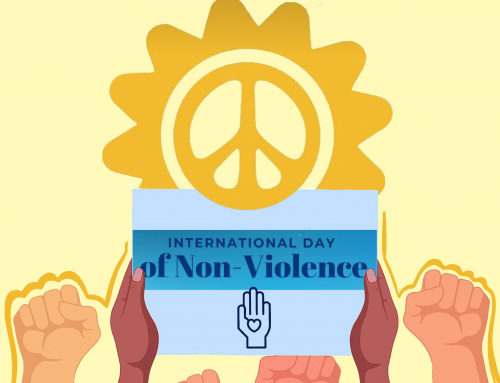


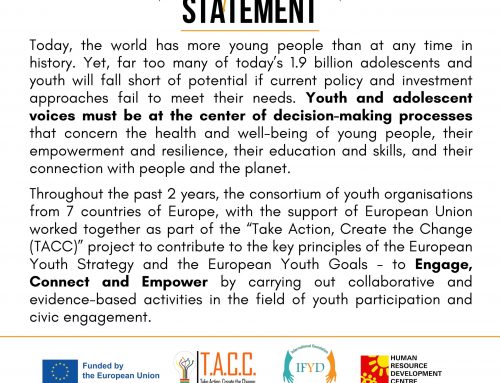
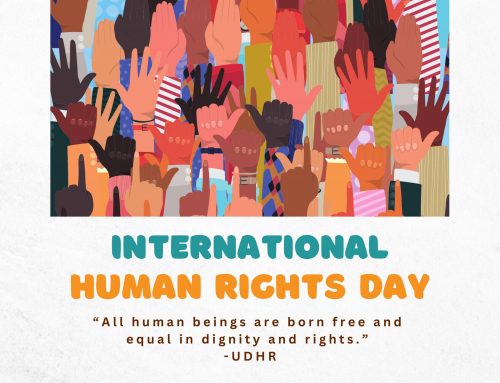
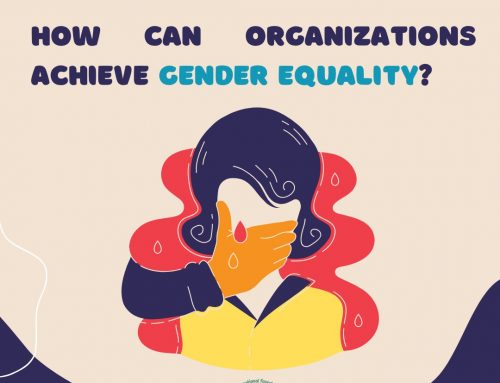
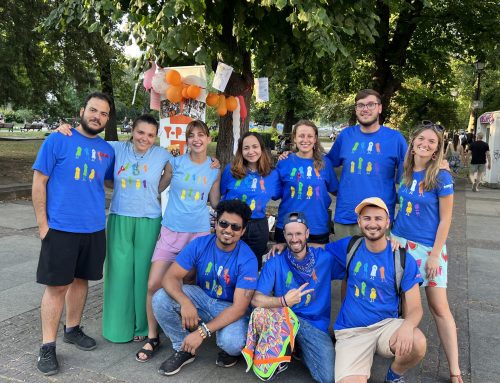




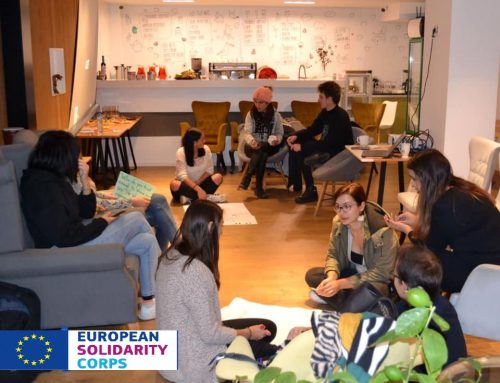
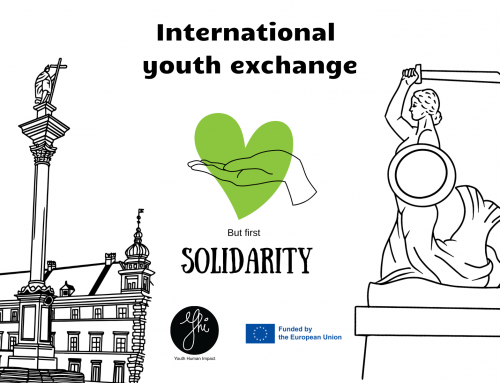
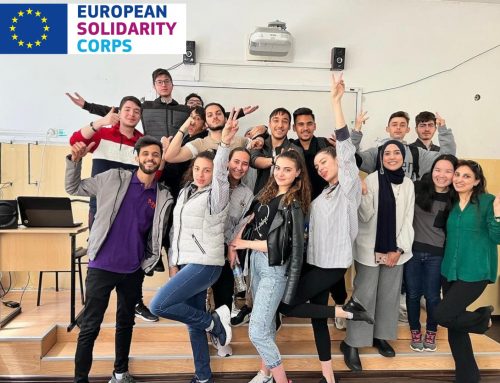
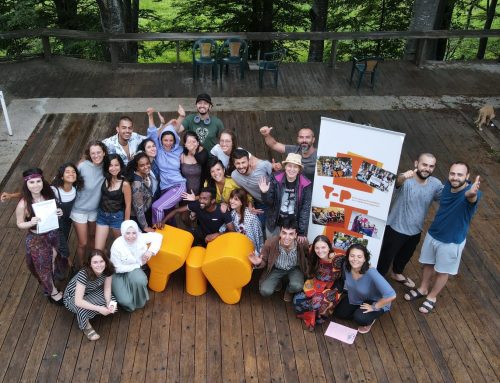
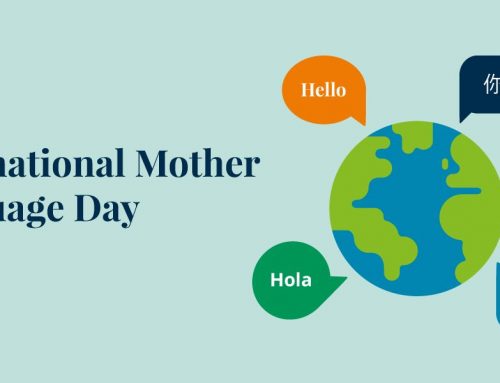
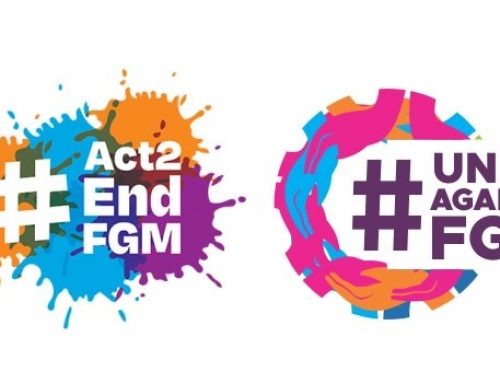
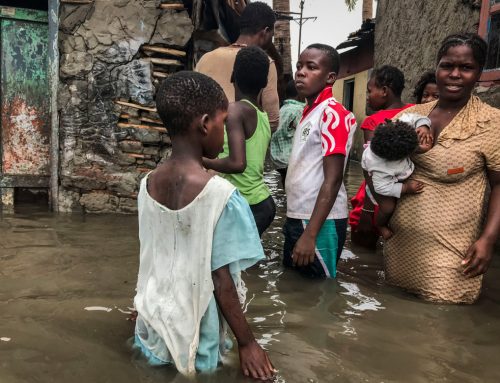
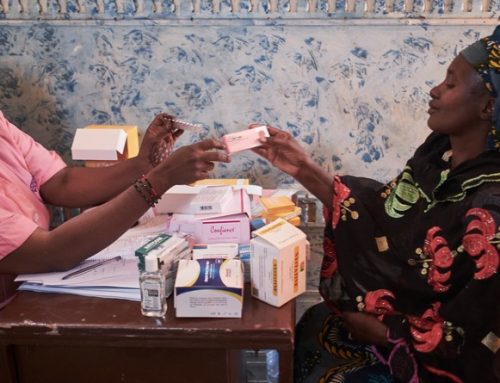


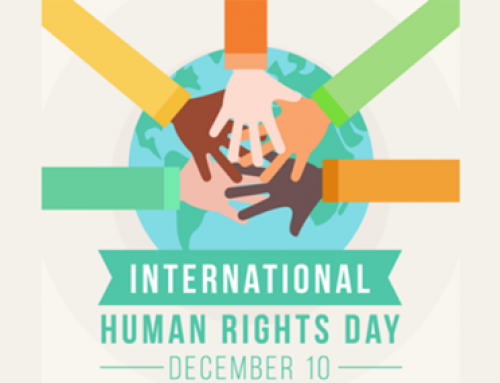
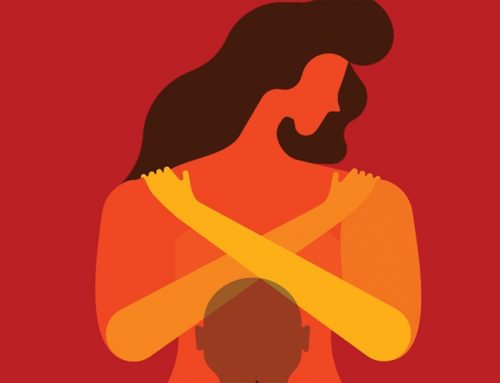
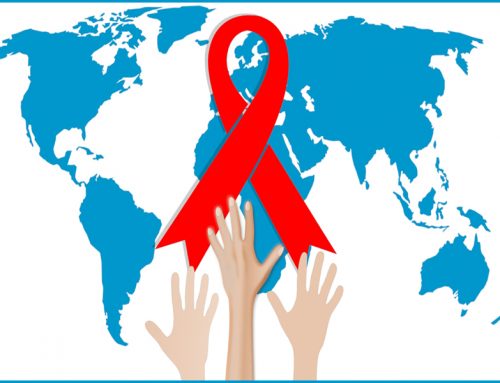


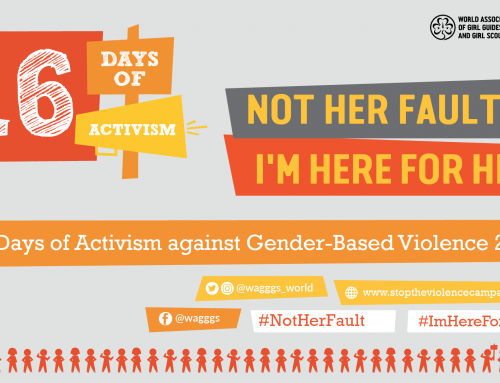
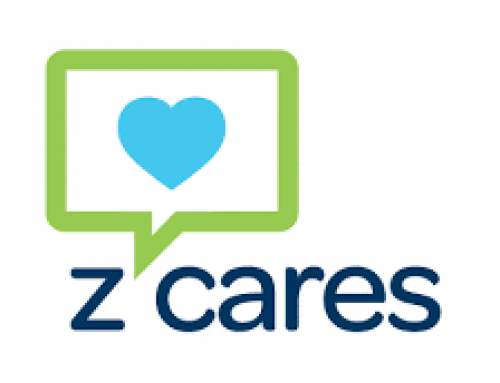
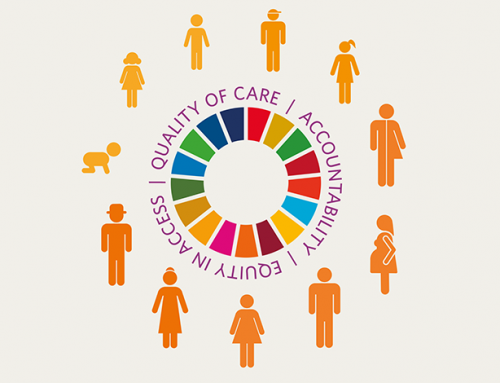
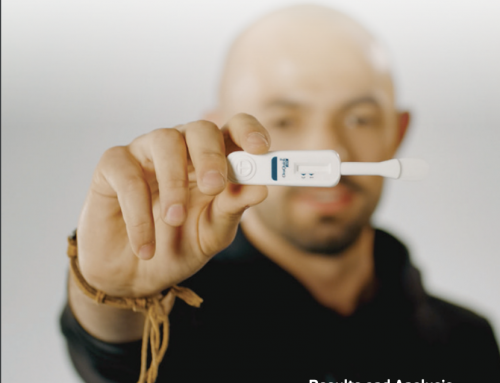
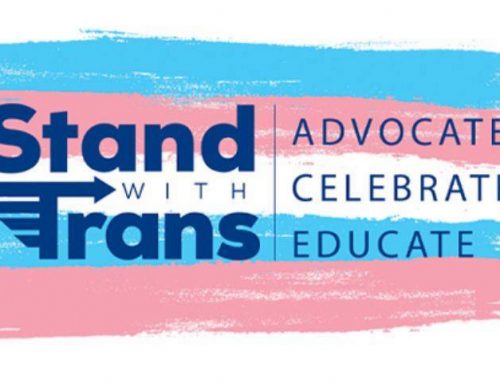
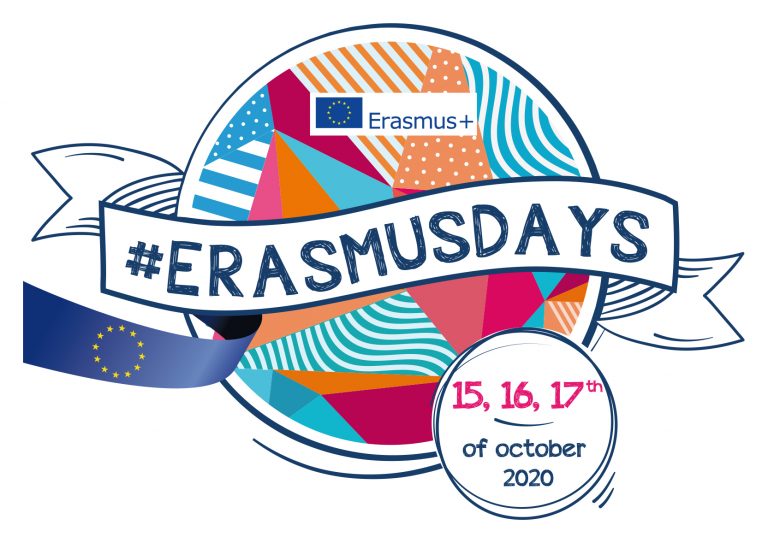

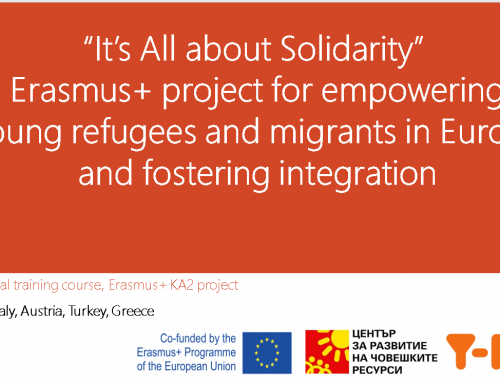

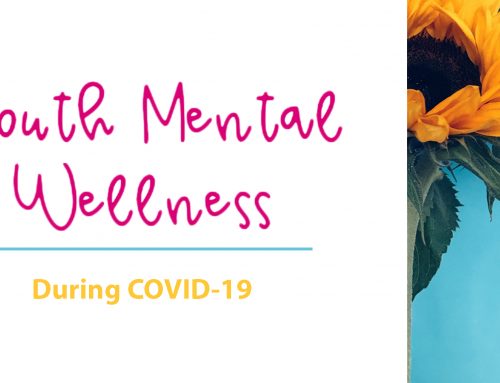

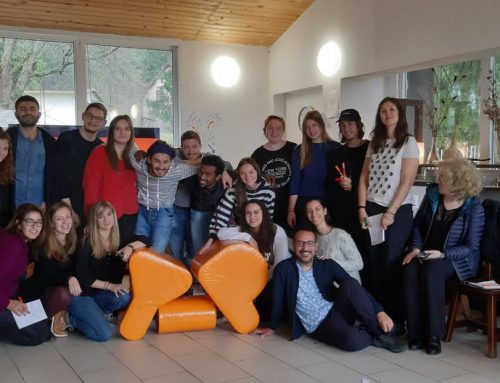
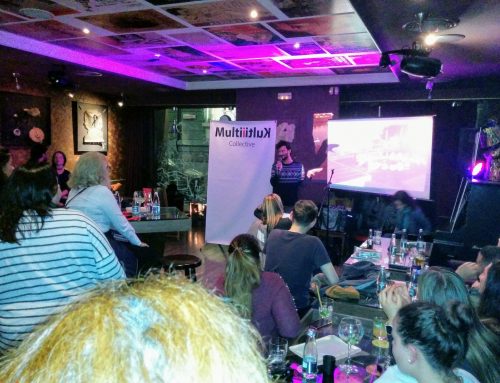

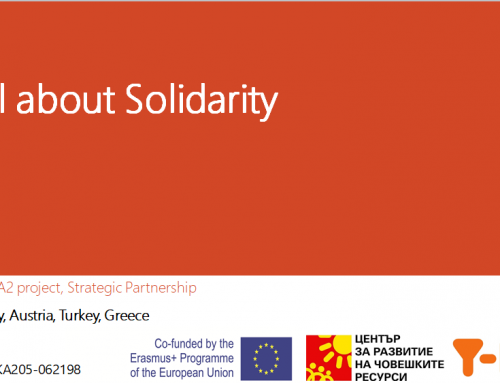

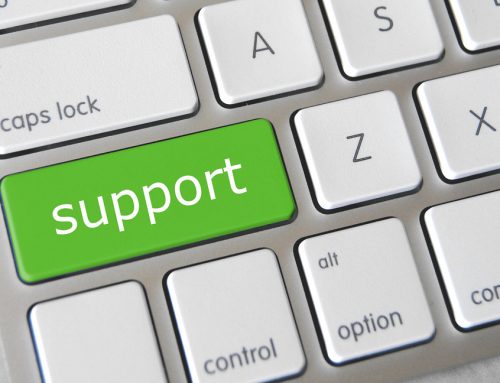

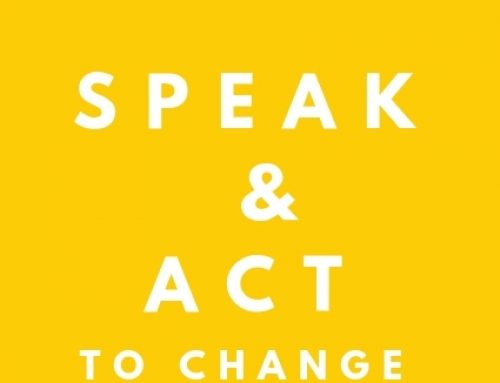
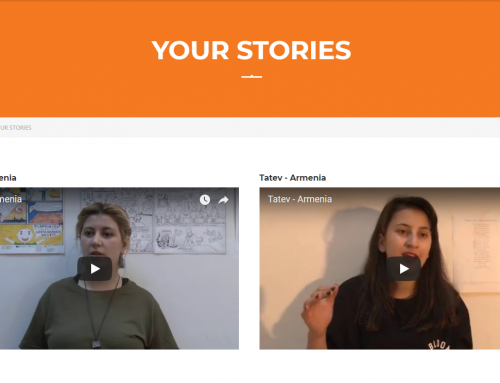

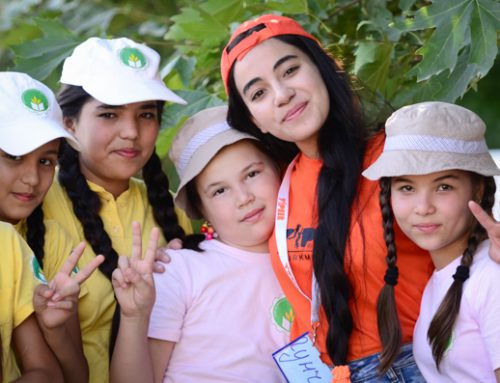





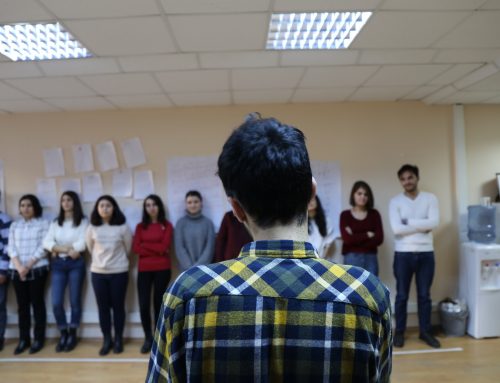
Leave A Comment
You must be logged in to post a comment.